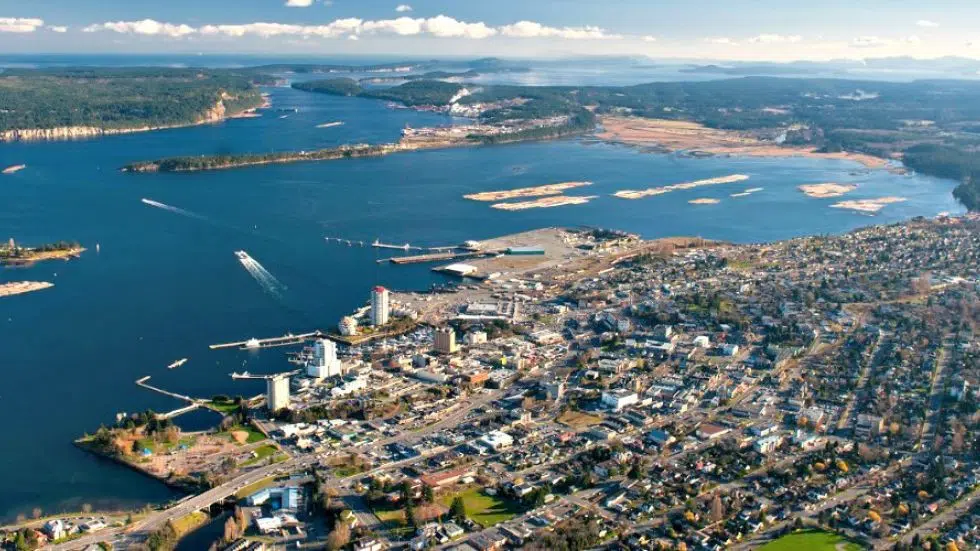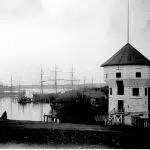
Editorial: time is now for City to reimagine economic development in Nanaimo
NANAIMO — Very few successful businesses would spend millions of dollars over multiple years without any way of knowing if the investment was paying off.
So why would a municipality do it with taxpayer’s money?
This week, Nanaimo councillors held a session focused on economic development, the first in a series of discussions which will likely lead to the City re-investing tax dollars into some sort of initiative.
And as this fledgling Council moves into developing a new strategy, one thing must be top of mind: invest in something with a tangible return.



